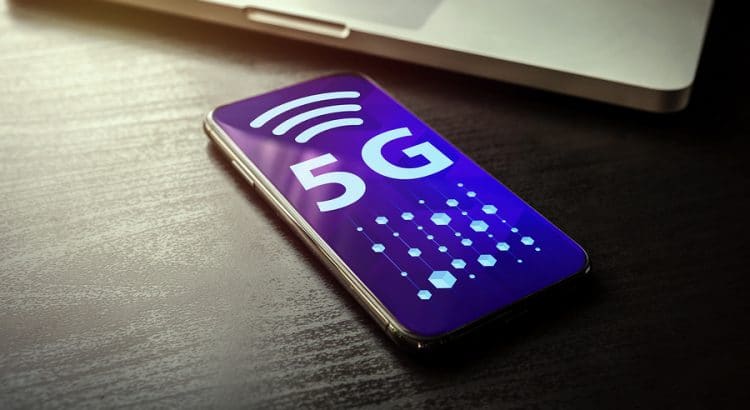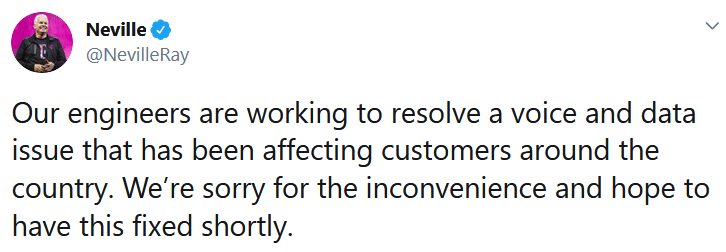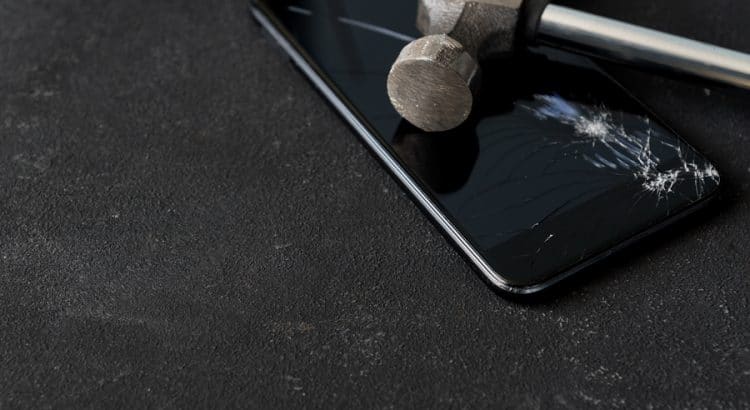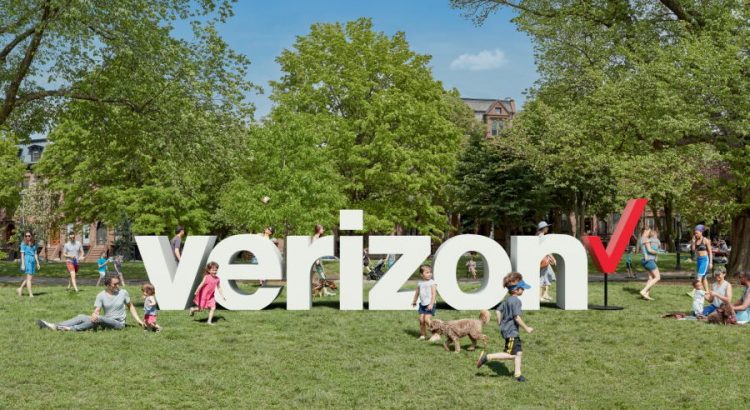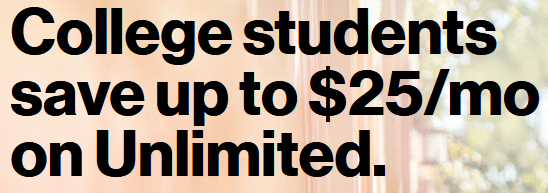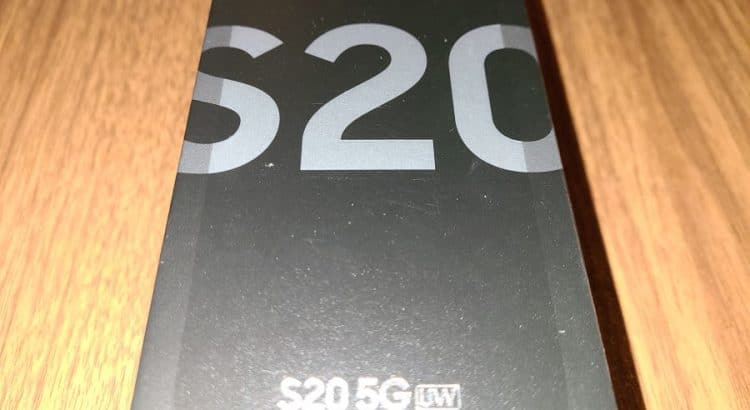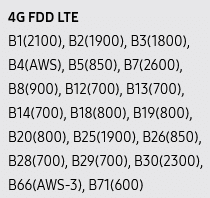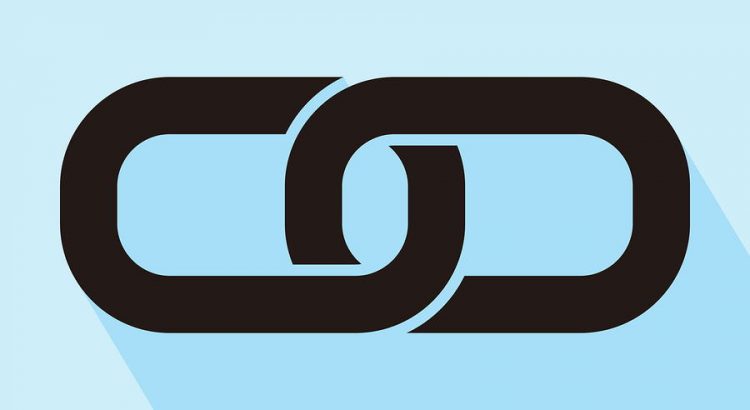Verizon used to offer several different plans with shared pools of data. The carrier has now simplified its offerings with only two shared data plans. Both plans include unlimited minutes and texts. The cheaper plan offers 5GB of shared data. The more expensive plan offers 10GB of shared data.
For customers who enroll in paperless billing and Auto Pay, The 5GB plan costs $30 per month plus $25 for each line. The 10GB plan costs $40 per month plus $25 for each line.
Customers that don’t enroll in Auto Pay and paperless billing will be charged $10 more every month on each line.
Examples
- Two lines on the 5GB plan would cost $80 per month with Auto Pay and paperless billing. That would include the $30 base charge for the plan and two $25 line-access fees.
- Three lines on the $10 GB plan would cost $105 per month with Auto Pay and paperless billing (a $40 base charge plus $75 in line-access fees).


